Language
You can read the magazine in one of the following languages
Geolocation
You can read the global content or the content from your region
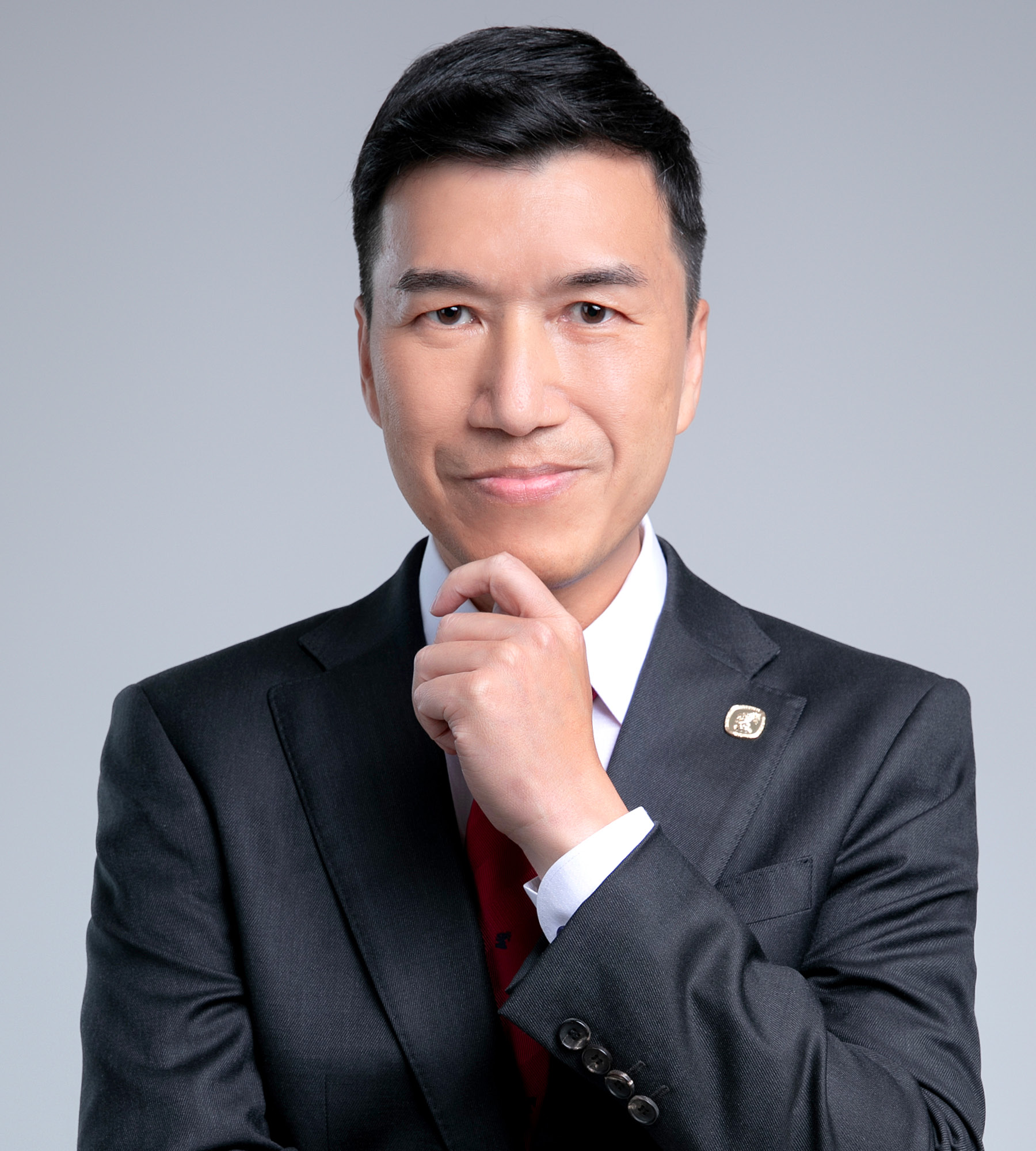
Barry Lee is on a mission. More than one, to be accurate. Armed with his ‘bible’, as he calls it, the CEO of Associated Engineers, Limited (AEL) is on a quest to excel.
Some in the engineering sector would argue he has already achieved his aim. And they could well be right. After all, he has successfully overseen significant growth at AEL in his four years at the helm, in addition to being elected President of The Hong Kong Institution of Engineers in 2023.
But for Lee himself, he has yet to attain his ambitions to become a truly ‘great leader’.
The aforementioned bible he so cherishes is a publication penned by United States management guru Jim Collins, author of the best-selling Built to Last. In his follow-up, Good to Great, Collins charts the journey from being a good leader to a great one.
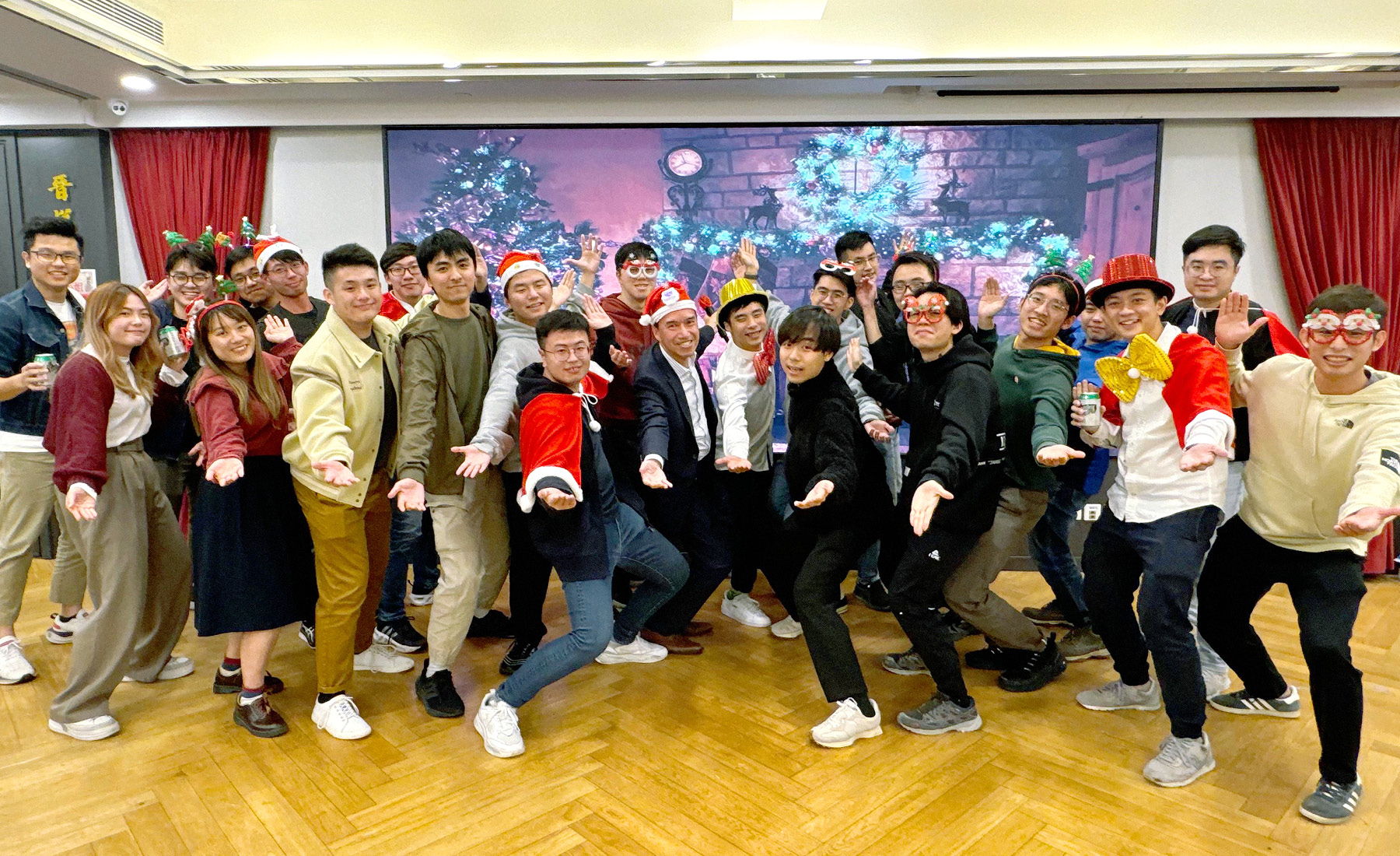
For many executives, good will suffice. But that simply won’t do for Lee, who spent 26 years with another leading electrical and mechanical contractor in Hong Kong before taking the reins at AEL.
“This has been my bible for several years,” he reveals, as he shows The CEO Magazine a copy of the book that has become his guiding light.
“It talks about how to transform yourself from a good leader into a great leader. There are five levels. The fourth level is a good leader. But the level above, the fifth level, that is a great leader. And that is my target – I would like to become a great leader.”
One of the attributes necessary to attain this elevated status is one that may seem blindingly obvious, yet it can often be overlooked in the pressure-cooker working environment where leaders are often judged on financial performance alone. This quality is prioritizing staff welfare above everything else.
Lee’s mission when he joined AEL in 2019 was, he explains, to “rebuild the company”, a task made all the more challenging when the COVID-19 pandemic swept across the globe.
But the pandemic failed to halt the firm’s trajectory established under Lee’s stewardship. As both order intake and turnover grew – it has jumped significantly since 2020 – the need to expand the workforce became clear. The productivity of AEL also improved remarkably.
Critically, though – and this is where the influence of Jim Collins kicks in – his focus has not solely revolved around winning contracts and delivering turnover growth, as vital as those metrics are. Running alongside those business imperatives has been an ambition to create a happy culture that encourages and nurtures a collective team spirit.
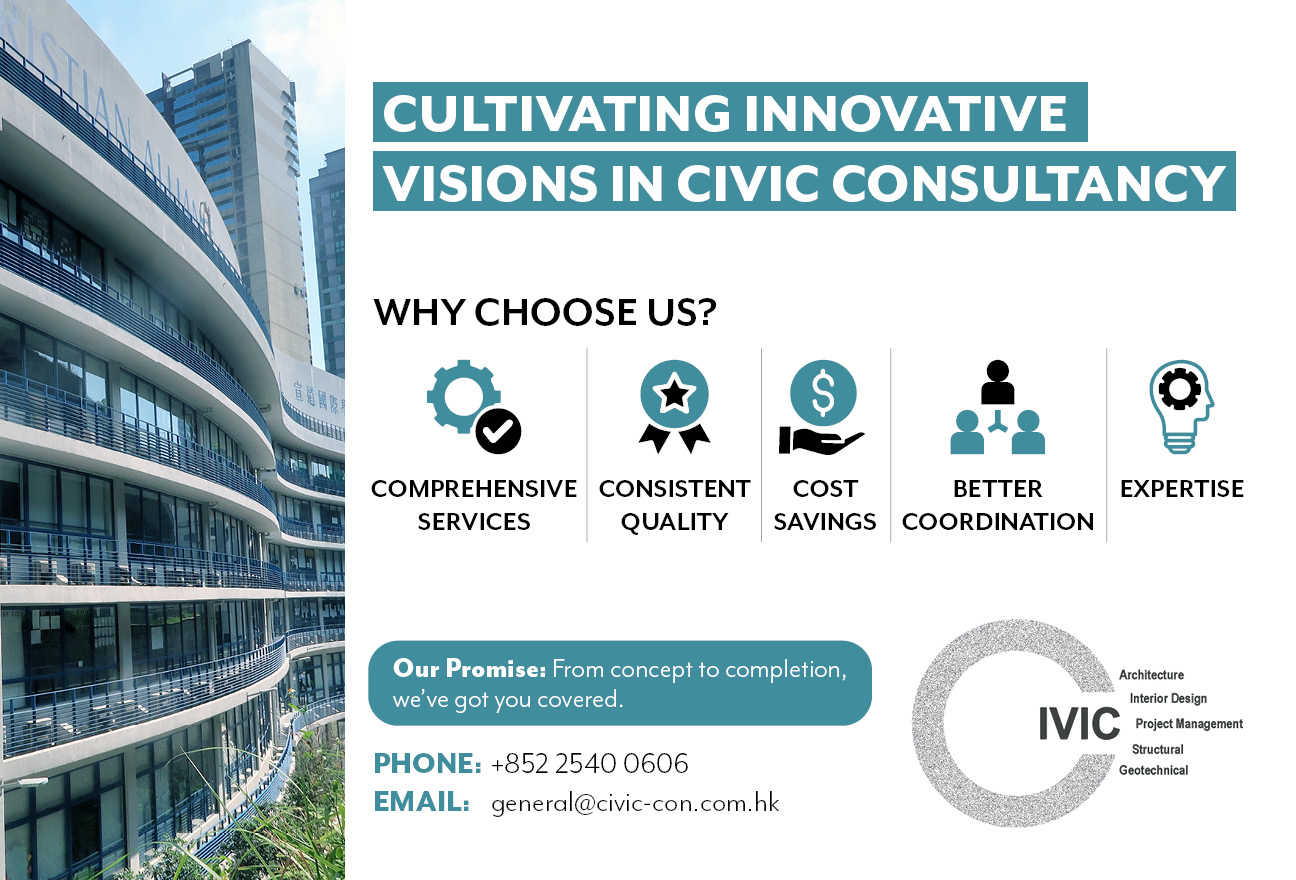
The unveiling of a newly revamped office just before Christmas plays into that ambition, with management convinced it will redefine the work environment as an energetic workplace that fosters greater collaboration.
“Hong Kong not only has a shortage of labor but also a shortage of expertise. So it’s very important to retain staff once you have managed to recruit the suitable people. In order to compete, in order to attract staff and retain them, you need to create an edge. And I think our edge is nurturing and grooming a happy culture,” Lee says.
“One of the tricks Jim Collins mentions is that when you lead a team, the first priority is the welfare of those you manage. I absolutely believe that to be true. Treat your staff as you would a relative, as if they were a brother or sister. If you do that, they will treat the company well and contribute as much as they can.”

To illustrate the approach, AEL has introduced flexible working hours, with start and finish times and even lunch breaks designed to meet the needs of the workforce. The company also runs an annual short break for staff and a family member, the most recent of which saw 140 employees and their relatives jet off to Macau for an overnight stay.
“In the past, the company spent a sum of money on maybe 10 or 15 staff. The problem with that is you end up with 10 or 15 staff who are pleased while everyone else is upset,” Lee says.
“That won’t create a happy culture. You can reward exceptional performance in other ways, a bonus maybe, but for a trip away you need equality. Whoever wants to come, we will find them a seat.”
Other events to build that collective team spirit include occasional countryside cycling tours and movie nights, while the company even staged a shrimp fishing competition last year.
To maintain close contact with frontline staff, Lee maintains the habit of meeting graduate engineers one by one on a quarterly basis to appreciate their training progress and give them advice when needed.
Reaching this point, where AEL has rediscovered its mojo and staff are front and center of the operation, has been no stroll in the park. There was no quick fix, and it required some tough decisions that Lee refused to shy away from.
The firm was established in 1961 as a specialized electrical and mechanical service provider for airports’ maintenance equipment, before expanding its scope to environmental and infrastructure engineering, in addition to logistics and automation.
During the company’s long history, it pioneered many industry firsts, including the design and supply of the world’s first hydraulically driven mobile tail dock enclosure at Hong Kong International Airport.
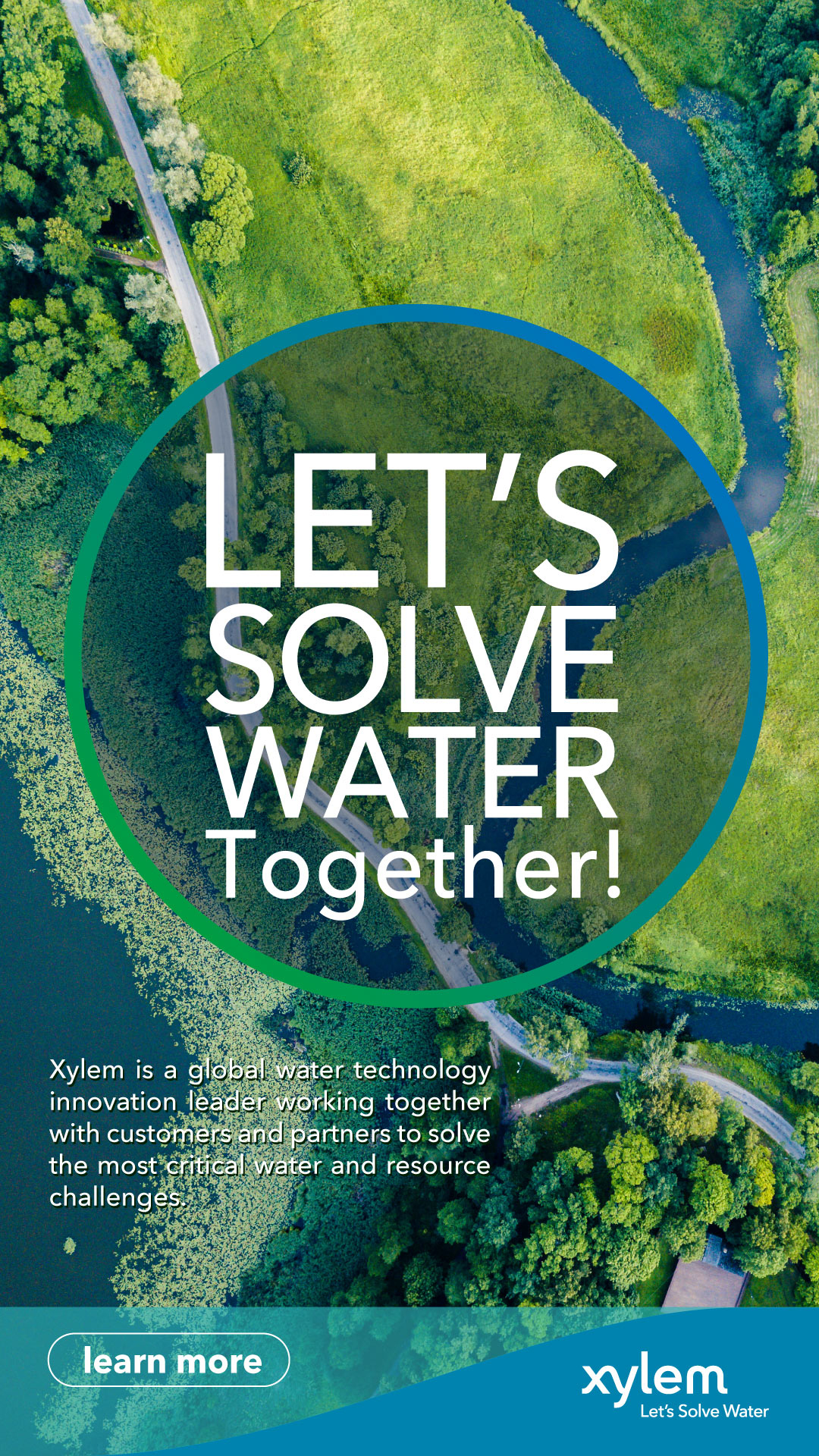
However, on his arrival, Lee found a company too focused on niche markets with low sales volumes. That in turn had driven overheads to unacceptably high levels. “At that time I set a target to double revenue in five years and increase productivity,” he recalls.
It became clear, though, that some of the company veterans were unable, or unwilling, to execute Lee’s vision to become a multidisciplinary solutions provider. Change was needed.
“I replaced some of the leaders and that made a major difference,” he says. “The average age of the leadership team came down to around 40. That has made the management setup more energetic, eager to take risks and willing to adapt to change.”
AEL’s solid progress in recent years can, in part, be traced to its ability to work in harmony with joint venture engineering and manufacturing partners. It has won several significant pieces of work through this approach, which Lee suggests is a necessary strategic maneuver given the relatively small size of the business.
“In the past three years we have secured several sizable contracts working with other industry partners. We have what we call an integrated consortium. AEL doesn’t have all the licenses that we need to compete in the market, so we need to partner with other companies to fight for the contracts,” he says.
“Other firms have the licenses but maybe don’t have the expertise or the labor, so they also need help. Together, we have a stronger team that enables us all to fight for these bigger contracts.”
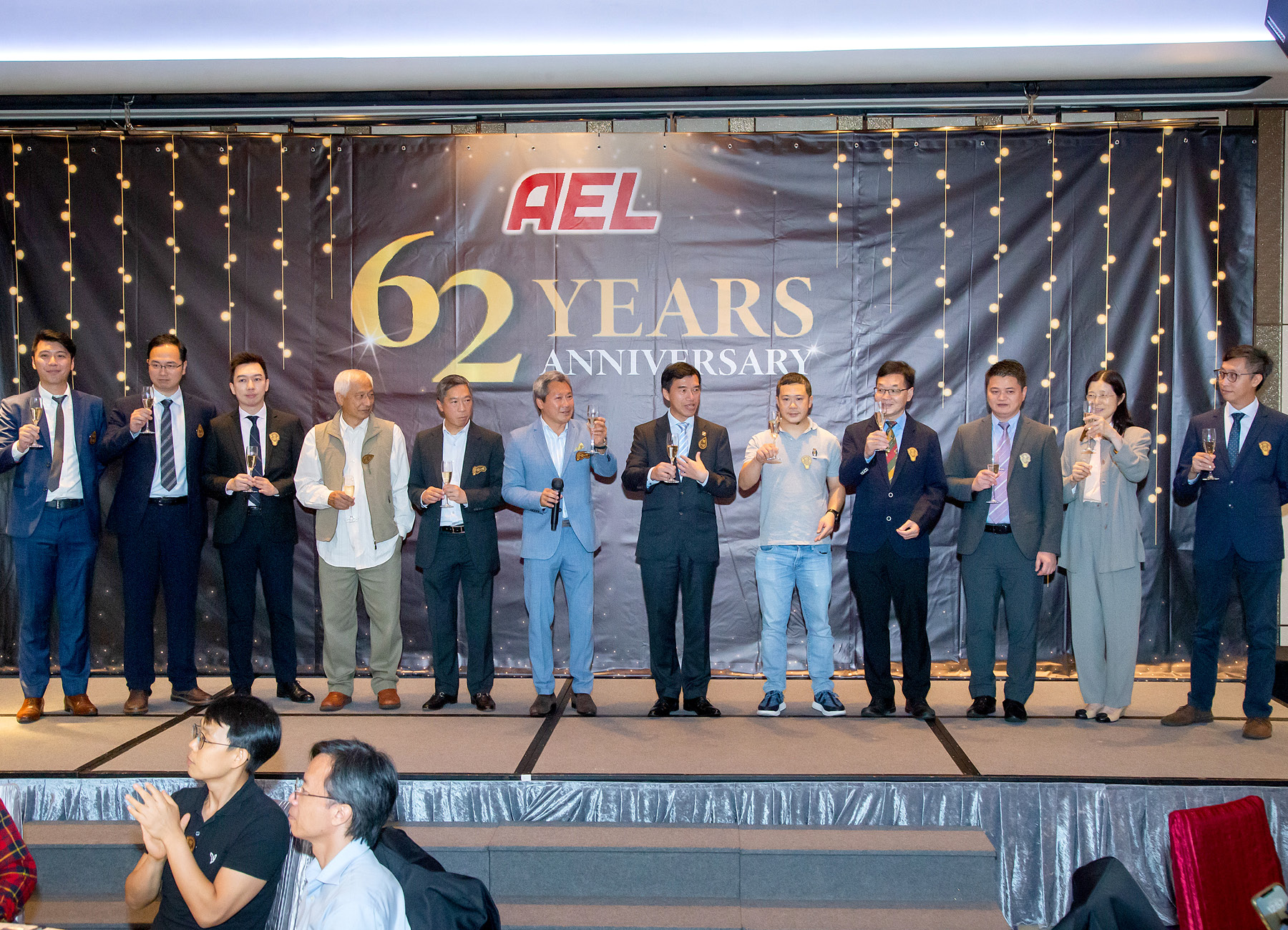
Among those contracts it has successfully bid for include projects for a waste wood recycling facility, Y-PARK and a Hong Kong Government Water Supplies Department Siu Ho Wan Water Treatment Works project, with global water technology provider Xylem among its key partners.
For Lee, the AEL journey has been challenging, but one he has relished. He has also juggled his day job with the leadership of The Hong Kong Institution of Engineers, as well as the responsibilities that come with fatherhood. Yet he shrugs off the potential difficulties of balancing those three critical roles.
His strategy? “I just mix everything together,” he says.
A mix, no doubt, that includes room for a little downtime with Jim Collins.